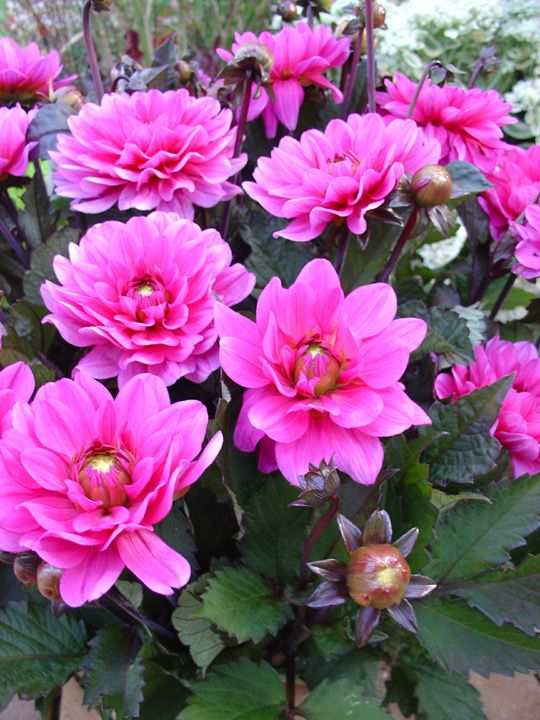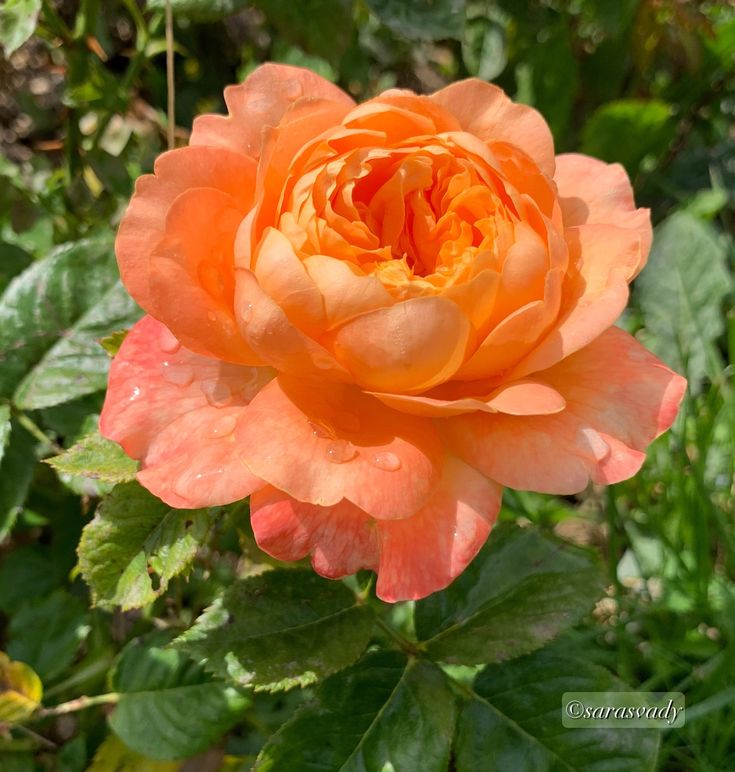Embark on a journey into the world of hydroponics, where soil is optional, and the possibilities for growing lush, thriving plants are endless. Hydroponic gardening offers a revolutionary approach to cultivating plants, allowing you to grow herbs, vegetables, and flowers indoors or outdoors, year-round, without the constraints of traditional soil-based gardening. In this comprehensive guide, we’ll unravel the mysteries of hydroponics, explore different hydroponic systems, and provide practical tips for growing healthy, vibrant plants in water-based environments.













Understanding Hydroponics
- The Basics: Hydroponics is a method of growing plants in a nutrient-rich water solution without the use of soil. Instead of relying on soil to deliver nutrients to plant roots, hydroponic systems provide essential nutrients directly to the plant roots, allowing for faster growth, higher yields, and more efficient water usage.
- Key Components: A typical hydroponic system consists of a reservoir or tank filled with nutrient solution, a growing medium to support plant roots, a water pump or aerator to oxygenate the nutrient solution, and a system for delivering nutrients to plant roots, such as a drip system, nutrient film technique (NFT), or deep water culture (DWC) system.
Choosing a Hydroponic System
- Drip Systems: Drip systems deliver nutrient solution to plant roots through a network of tubing and drip emitters, providing precise control over nutrient delivery and water usage. Ideal for growing a wide variety of plants, drip systems are versatile, customizable, and suitable for both small-scale and large-scale hydroponic operations.
- Nutrient Film Technique (NFT): NFT systems utilize a shallow, sloped channel to continuously circulate a thin film of nutrient solution over plant roots, providing optimal oxygenation and nutrient uptake. NFT systems are well-suited for growing leafy greens, herbs, and strawberries and are favored for their simplicity and efficiency.
- Deep Water Culture (DWC): DWC systems immerse plant roots directly in a nutrient-rich water solution, promoting rapid growth and high yields. Plants are supported by floating rafts or net pots suspended above the nutrient solution, allowing for maximum oxygenation and nutrient uptake. DWC systems are popular for growing lettuce, basil, and other leafy greens.
Setting Up Your Hydroponic Garden
- Choosing Plants: Select plants that are well-suited to hydroponic growing conditions and compatible with the chosen hydroponic system. Leafy greens, herbs, tomatoes, peppers, and cucumbers are popular choices for hydroponic gardening due to their adaptability and high yield potential.
- Preparing the System: Set up your chosen hydroponic system according to the manufacturer’s instructions, ensuring proper placement of reservoirs, tubing, pumps, and other components. Fill the reservoir with nutrient solution mixed to the appropriate strength, based on the needs of your chosen plants.
Caring for Your Hydroponic Garden
- Monitoring Nutrient Levels: Regularly monitor nutrient levels in the reservoir and adjust nutrient solution strength as needed to maintain optimal plant health and growth. Use a pH meter to monitor and adjust the pH level of the nutrient solution to ensure proper nutrient uptake by plant roots.
- Maintaining System Health: Keep hydroponic systems clean and free of debris to prevent clogs and algae growth. Inspect tubing, pumps, and other components regularly for signs of wear or damage, and replace or repair as needed to ensure efficient nutrient delivery and oxygenation.
Harvesting Your Hydroponic Bounty
- Harvesting: Harvest plants when they reach peak ripeness and flavor, typically indicated by color, size, and texture. Use clean, sharp scissors or pruning shears to harvest vegetables, herbs, and fruits, taking care to avoid damaging plant roots or stems.
- Continuous Harvesting: Many hydroponic plants, such as leafy greens and herbs, can be harvested continuously by removing outer leaves or stems as needed, allowing for multiple harvests over time. This continuous harvesting approach promotes vigorous growth and extends the productive lifespan of hydroponic plants.
Conclusion
Embark on your hydroponic gardening journey with confidence, armed with the knowledge and tools to grow healthy, vibrant plants without soil. Whether you’re a novice gardener or seasoned enthusiast, hydroponics offers a versatile, efficient, and rewarding way to cultivate a wide variety of plants indoors or outdoors, year-round. So dive in, experiment with different hydroponic systems and plant varieties, and discover the joy of growing your own hydroponic bounty—it’s a journey that promises endless possibilities and abundant harvests.